How to seal this recessed light?
CamG
10 years ago
Featured Answer
Comments (21)
worthy
10 years agorollie
10 years agoRelated Professionals
Lexington Architects & Building Designers · Plainville Architects & Building Designers · Lewisville Home Builders · Riverton Home Builders · Galena Park General Contractors · Brighton General Contractors · Chicago Ridge General Contractors · Hermitage General Contractors · Jacinto City General Contractors · Kettering General Contractors · Melville General Contractors · Mentor General Contractors · Merritt Island General Contractors · Sun Prairie General Contractors · Warrenville General ContractorsCamG
10 years agorollie
10 years agorenovator8
10 years agomushcreek
10 years agoCamG
10 years agoenergy_rater_la
10 years agorenovator8
10 years agoCamG
10 years agoCamG
10 years agoCamG
10 years agoworthy
10 years agoenergy_rater_la
10 years agoCamG
10 years agoEpiarch Designs
10 years agorenovator8
10 years agorollie
10 years agorenovator8
10 years agoscrappy25
10 years ago
Related Stories
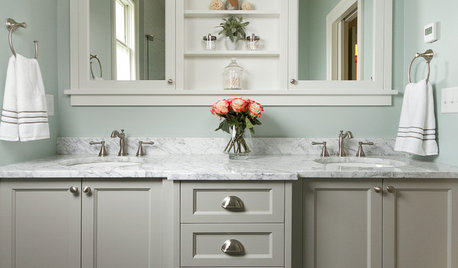
BATHROOM DESIGNShould You Get a Recessed or Wall-Mounted Medicine Cabinet?
Here’s what you need to know to pick the right bathroom medicine cabinet and get it installed
Full Story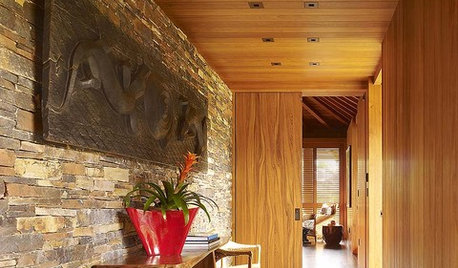
LIGHTINGRecessed Lighting 101
Looking to brighten a drab, dim space? Recessed lighting may be your answer. Here's what you need to know
Full Story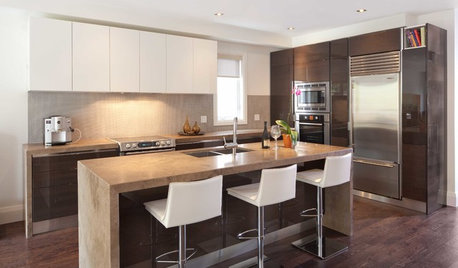
LIGHTINGGet Your Home's Recessed Lighting Right
Learn the formula for how much light a room needs plus how to space downlights, use dimmers and more
Full Story
BATHROOM DESIGNRoom of the Day: Sealed With a Kiss
A San Francisco girl’s bathroom room goes lip-smackingly bold
Full Story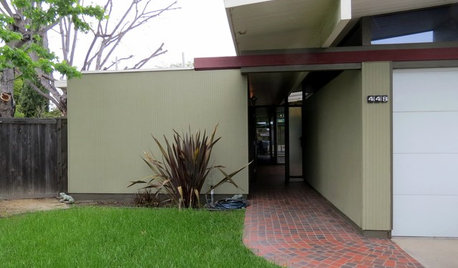
HOUZZ TOURSMy Houzz: Yard Seals the Deal for an Eichler Home
Expansive indoor-outdoor living sold a couple on this midcentury California home, now brimming with vintage finds collected over time
Full Story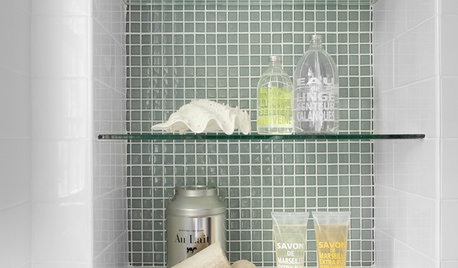
BATHROOM DESIGNRecess Time: Boost Your Bathroom Storage With a Niche
Carve out space behind the drywall to add shelves or cabinets, giving you more room for bathroom essentials and extras
Full Story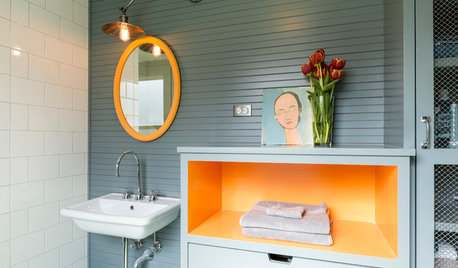
COLOR PALETTESRecessive Color: 8 Eye-Catching Niches, Nooks and Crannies
Create a focal point with a small chunk of a big hue
Full Story
LIGHTINGYour Guide to Common Light Fixtures and How to Use Them
Get to know pot lights, track lights, pendants and more to help you create an organized, layered lighting plan
Full Story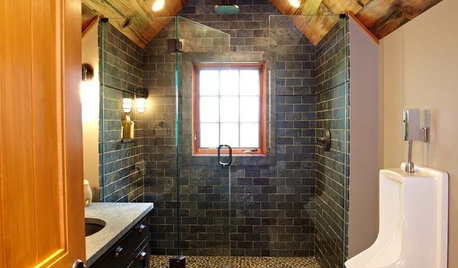
BATHROOM DESIGNWood in the Bathroom? Absolutely!
Wet places and wood can be a match made in design heaven — see great examples and get tips for sealing and installing bathroom wood here
Full Story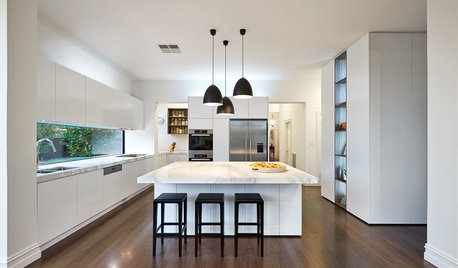
LIGHTING8 Creative Lighting Solutions for Food Prep
Get all the task illumination you need while distracting the eye from fluorescents, following the lead of the kitchens here
Full Story





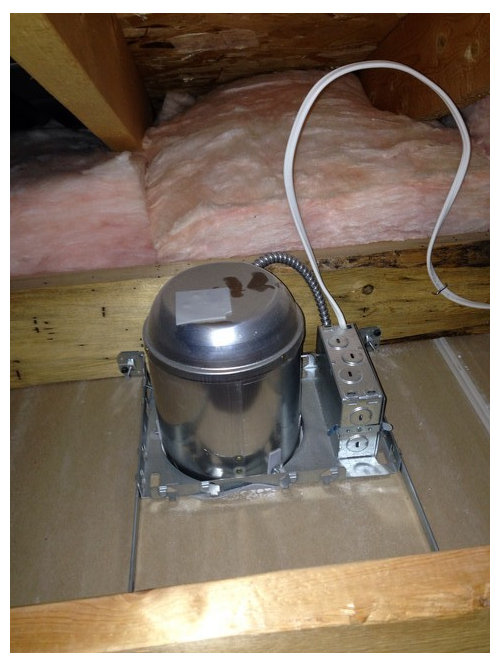
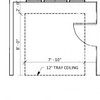

keeth